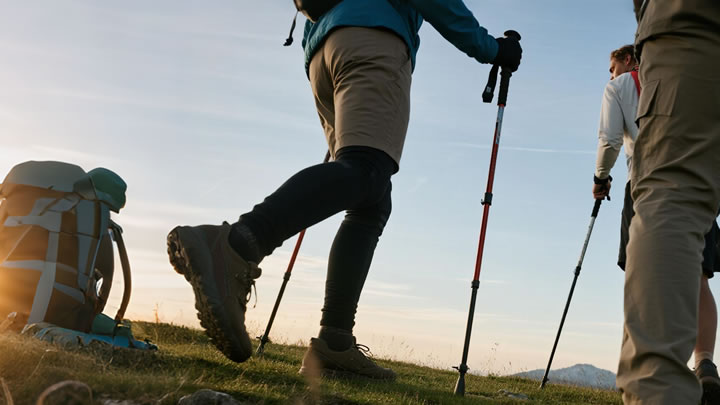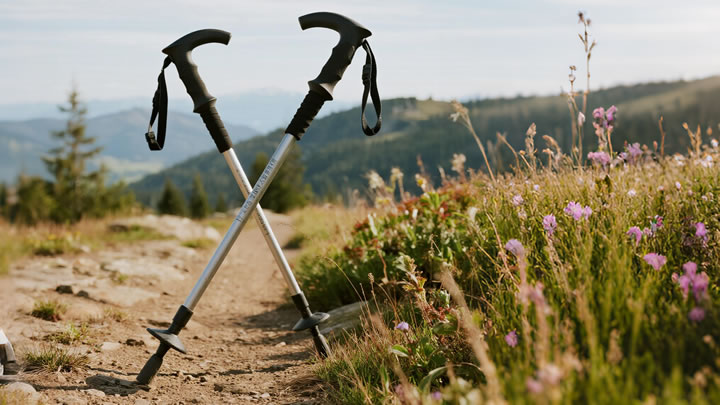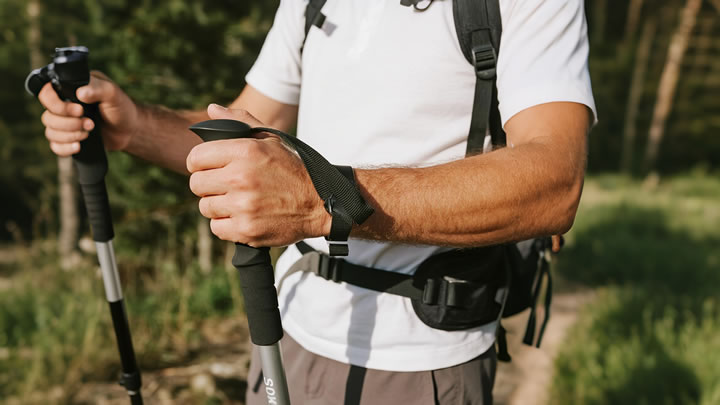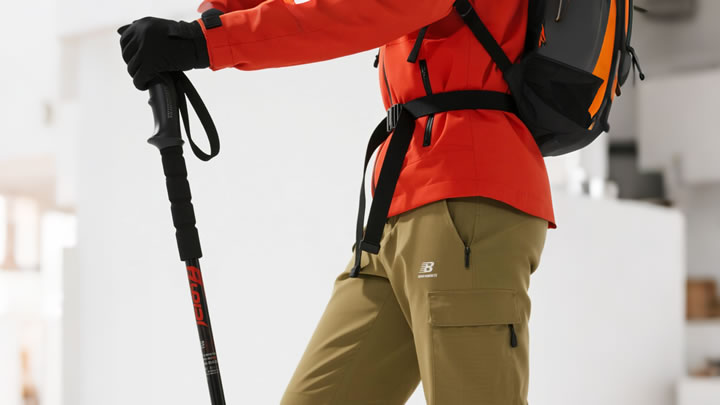Enclosed camping hammocks vs. traditional: Pros and cons
The rise of enclosed camping hammocks (all-in-one systems with integrated nets/rainflies) challenges traditional modular setups. But which truly reigns for backcountry comfort? We dissect both across critical metrics:
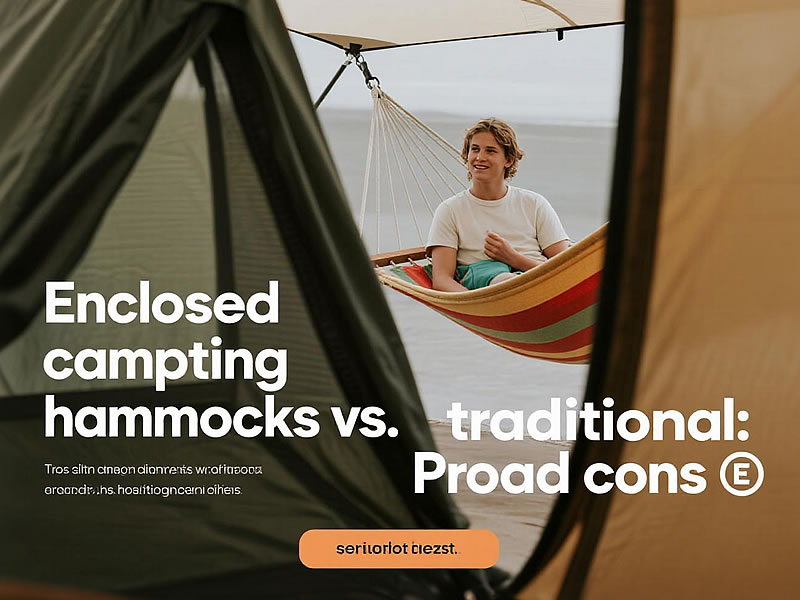
🔍 Design & Functionality Breakdown
| Feature | Enclosed Hammock | Traditional Hammock |
|---|---|---|
| Weather Protection | Built-in rainfly + bug net | Requires separate tarp + net |
| Setup Time | 3–5 mins (all attached) | 7–12 mins (multiple components) |
| Entry/Exit | Zippered doors (sealed security) | Open access (no zipper friction) |
| Ventilation | Limited airflow (risk of condensation) | Max airflow (adjustable layers) |
⚖️ Weight & Packability: The Trade-Off
- Enclosed:✅ Simplicity: No loose parts to lose.❌ Weight Penalty: 28–42 oz (e.g., Clark Jungle) vs. 16–24 oz for traditional.
- Traditional:✅ Ultralight Flexibility: Mix/match components (e.g., no net in winter).❌ Packed Volume: Tarp + net + hammock = 30% larger bundle.
Verdict: Traditional wins for gram-counters; enclosed for convenience seekers.
🌧️ Weather Performance: Battle-Tested
| Scenario | Enclosed | Traditional |
|---|---|---|
| Torrential Rain | Seam-sealed coverage (minor gaps) | Custom tarp pitch (superior dry zones) |
| High Winds | Integrated guyouts reduce flapping | Adjustable pitch angles for stability |
| Bugs | No gaps (zipper security) | Netting may lift if poorly tensioned |
Real-World Edge: Traditional systems with a 12’ hex tarp provide 360° storm protection. Enclosed models excel in bug-heavy swamps.
🛌 Comfort & Livability
- Enclosed Advantages:→ Privacy: Fully enclosed for changing/storage.→ All-in-One Security: No forgotten nets/tarps.→ Rapid Deployment: Pitch in downpours without exposing gear.
- Traditional Advantages:→ Modular Ventilation: Remove net for stargazing.→ Ergonomic Freedom: Wider hammocks (11’+) accommodate diagonal sleeping.→ Repairability: Replace individual parts (e.g., torn net).
💰 Cost & Durability
| Factor | Enclosed | Traditional |
|---|---|---|
| Entry Price | $90–$200 (higher-end models) | $45–$80 (hammock + straps) |
| Lifespan | 2–4 years (zippers fail first) | 5+ years (replace parts individually) |
| Field Repairs | Complex (stitched seams) | Simple (modular components) |
Budget Tip: Traditional setups cost less upfront but require $30–$60 extra for tarp/net.
🏞️ Terrain Suitability
- Enclosed Shines:→ Dense forests with relentless insects→ Fast-packing where setup speed is critical
- Traditional Dominates:→ Alpine/desert zones (use tarp as ground shelter)→ Winter camping (compatible with thick underquilts)
⚠️ Critical Limitations
Avoid Enclosed If:
- You camp in sub-freezing temps (condensation soaks insulation).
- You prioritize ultralight base weights (<10 lbs).
- Trees are sparse (cannot repurpose as ground shelter).
Avoid Traditional If:
- You dislike gear management (separate sacks for tarp/net/straps).
- Mosquitoes are hyper-aggressive (net gaps = misery).
🧩 Hybrid Solutions
- Zip-On Nets (e.g., Dutchware): Traditional hammock + attachable net.
- Detachable Rainfly (e.g., Hennessy): Enclosed design with modular tarp.
✅ The Ultimate Decision Guide
Choose Enclosed For:
- Beginner-friendly, all-weather security
- High-bug environments
- Minimalist campers who hate assembling gear
Choose Traditional For:
- Weight-optimized thru-hiking
- Seasonal adaptability (remove layers as needed)
- DIY customization (e.g., asymmetric tarps)
Pro Insight: 68% of Appalachian Trail thru-hikers prefer traditional systems for their versatility in changing climates.

